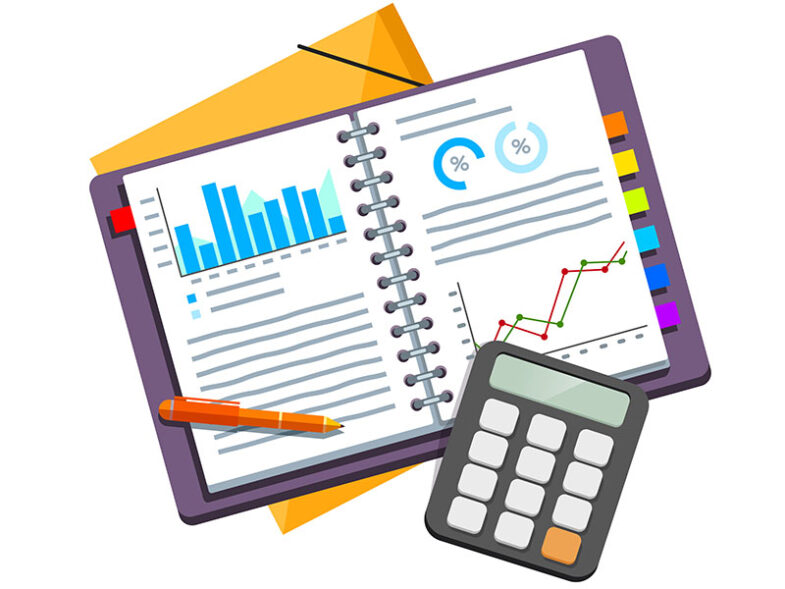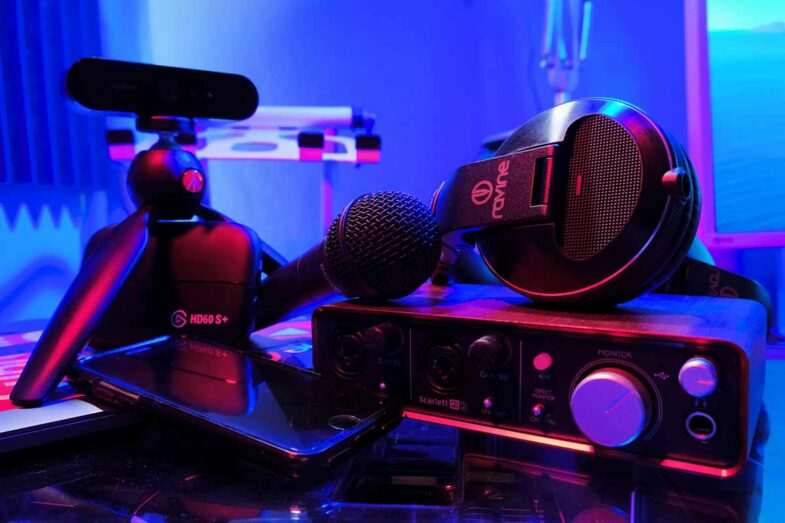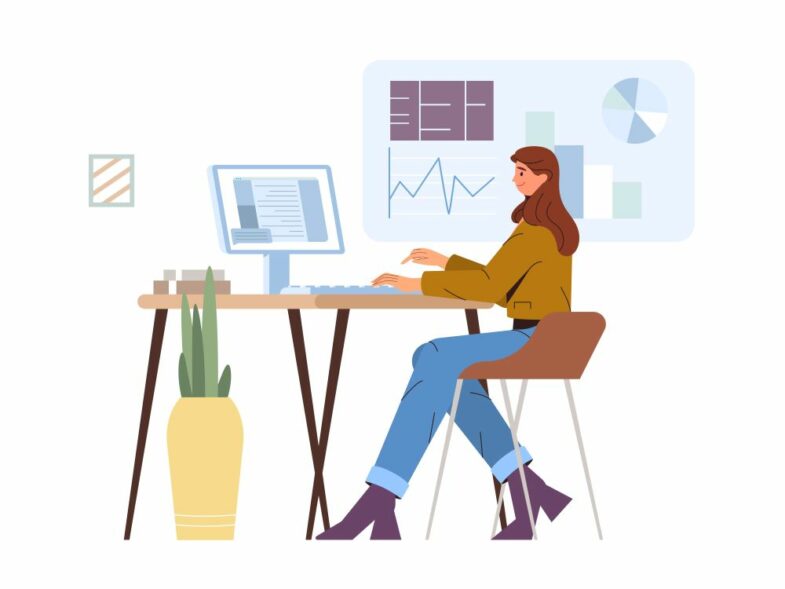Budgeting is often a challenge for creative professionals. Unlike traditional nine-to-five employees, freelancers, artists, designers, and other creative workers experience fluctuating incomes. Some months bring many projects and payments; others may feel like a financial drought. That’s why having the right budgeting tools is essential to maintaining economic stability and planning for the future.
In this article, we’ll explore some of the most effective budgeting tools tailored for creative professionals. Whether you’re managing irregular income, tracking expenses, or setting aside money for taxes, these tools can help you easily stay on top of your finances.
Budgeting Apps: Automating Financial Tracking
The rise of digital finance tools has made budgeting easier than ever. Many apps allow creative professionals to track income, categorize expenses, and set financial goals effortlessly. Here are some of the best options:
a. YNAB (You Need a Budget)
YNAB is one of the most popular budgeting tools for freelancers and creatives. It operates on the principle of “giving every dollar a job,” ensuring that all income is intentionally allocated.
- Helps track irregular income
- Encourages proactive money management
- Offers educational resources on financial planning
b. Mint
Mint is another excellent app that syncs with your bank accounts, credit cards, and loans to give you a complete financial overview. It automatically categorizes transactions, allowing you to see where your money is going in real time.
- Free to use
- Provides spending insights
- Offers credit score tracking
c. PocketGuard
For creatives who find it difficult to resist impulse purchases, PocketGuard helps by calculating how much disposable income you have after covering essentials.
- Prevents overspending
- Simple interface
- Connects with various financial institutions
Spreadsheets: Customizable Budgeting Solutions
While budgeting apps provide automation, some creative professionals prefer the flexibility of spreadsheets. Tools like Microsoft Excel and Google Sheets allow you to create tailored budgeting templates.
a. Income and Expense Tracking
Using spreadsheets, you can list income sources, track invoices, and log every expense to maintain clarity. This approach is beneficial for freelancers juggling multiple clients.
b. Budget Forecasting
By analyzing past income trends, creatives can forecast potential earnings and plan for slow months. A spreadsheet template with income projections and savings goals helps smooth out financial uncertainty.
c. Tax Preparation
Since freelancers handle their taxes, maintaining a well-organized spreadsheet of deductible expenses, estimated tax payments, and savings allocations simplifies tax season.
Checking Accounts: The Foundation of Financial Stability
A solid checking account serves as the financial backbone for any creative professional. It allows for seamless financial management, easy access to funds, and smooth transactions. Many banks now offer incentives for opening new accounts, such as a $300 checking account bonus. This can be a valuable financial boost, particularly for those starting their creative careers.
a. Choosing the Right Checking Account
When selecting a checking account, consider the following factors:
- Low or No Fees: Some banks charge maintenance fees, but many offer free checking accounts with certain conditions.
- Online and Mobile Access: As a creative professional, you may need to access your finances on the go.
- ATM Accessibility: If you frequently withdraw cash, ensure the bank has a convenient ATM network.
b. Automating Bill Payments and Savings
Setting up automatic transfers from a checking account to a savings account ensures you consistently put money aside for taxes, emergencies, or future projects.
c. Separating Business and Personal Finances
Freelancers should consider opening a dedicated business checking account to simplify bookkeeping and tax reporting.
Digital Wallets and Payment Processors
For creative professionals working with clients worldwide, having efficient digital payment solutions is crucial. Payment processors like PayPal, Stripe, and Venmo offer quick transactions, easy invoicing, and seamless payment tracking.
a. PayPal
- Widely accepted for freelance work
- Allows international transactions
- Offers business invoicing tools
b. Stripe
- Great for online businesses and e-commerce
- Provides recurring payment options
- Low transaction fees for direct payments
c. Venmo
- Best for peer-to-peer transactions
- Simple interface for receiving quick payments
- Integrated with major banks
Creative professionals can use these payment platforms to ensure they receive payments on time and track their earnings effectively.
Savings and Investment Accounts: Planning for the Future
Creative professionals often lack traditional employer-sponsored retirement plans. However, saving for the future is as important as managing current finances.
a. High-Yield Savings Accounts
A high-yield savings account allows freelancers to grow their savings faster while keeping funds accessible. Many online banks offer better interest rates than traditional banks, making them an attractive option.
b. Retirement Accounts (IRAs and Solo 401(k)s)
Setting up an Individual Retirement Account (IRA) or Solo 401(k) helps freelancers build retirement savings while enjoying tax advantages. Even contributing small amounts consistently can lead to significant long-term growth.
c. Investment Apps
Investment apps like Acorns, Robinhood, and Betterment simplify investing for creative professionals. Even with a fluctuating income, automatic investment features help grow wealth over time.
Budgeting Strategies for Irregular Income
Unlike salaried employees, creative professionals face inconsistent cash flow. Here are some budgeting strategies to navigate financial uncertainty:
a. The 50/30/20 Rule
Even with variable income, applying the 50/30/20 budgeting rule can provide structure:
- 50% for Needs (rent, utilities, groceries)
- 30% for Wants (entertainment, hobbies, travel)
- 20% for Savings and Debt Repayment
b. Creating an Emergency Fund
Having an emergency fund is essential because incomes fluctuate. Aim to save at least three to six months’ worth of living expenses.
c. Paying Yourself a Salary
To maintain stability, creative professionals can set up a separate account depositing all income and withdrawing a fixed “salary” each month. This approach smooths out financial fluctuations.
Conclusion
Managing finances as a creative professional may seem overwhelming, but it becomes much easier with the right tools and strategies. Budgeting apps, spreadsheets, checking accounts, digital wallets, and investment plans are crucial in financial success. By leveraging these resources and implementing smart budgeting habits, creatives can achieve financial stability and focus on what they do best—creating excellent work.









